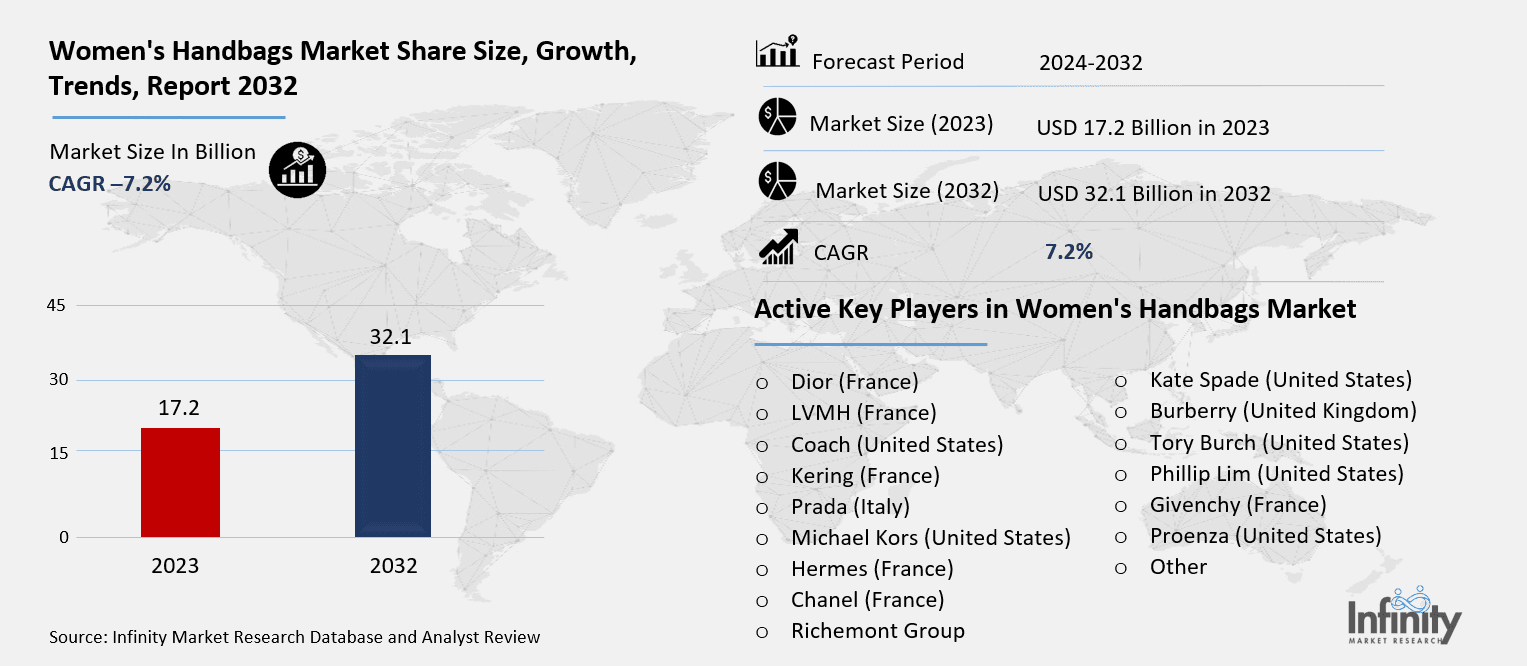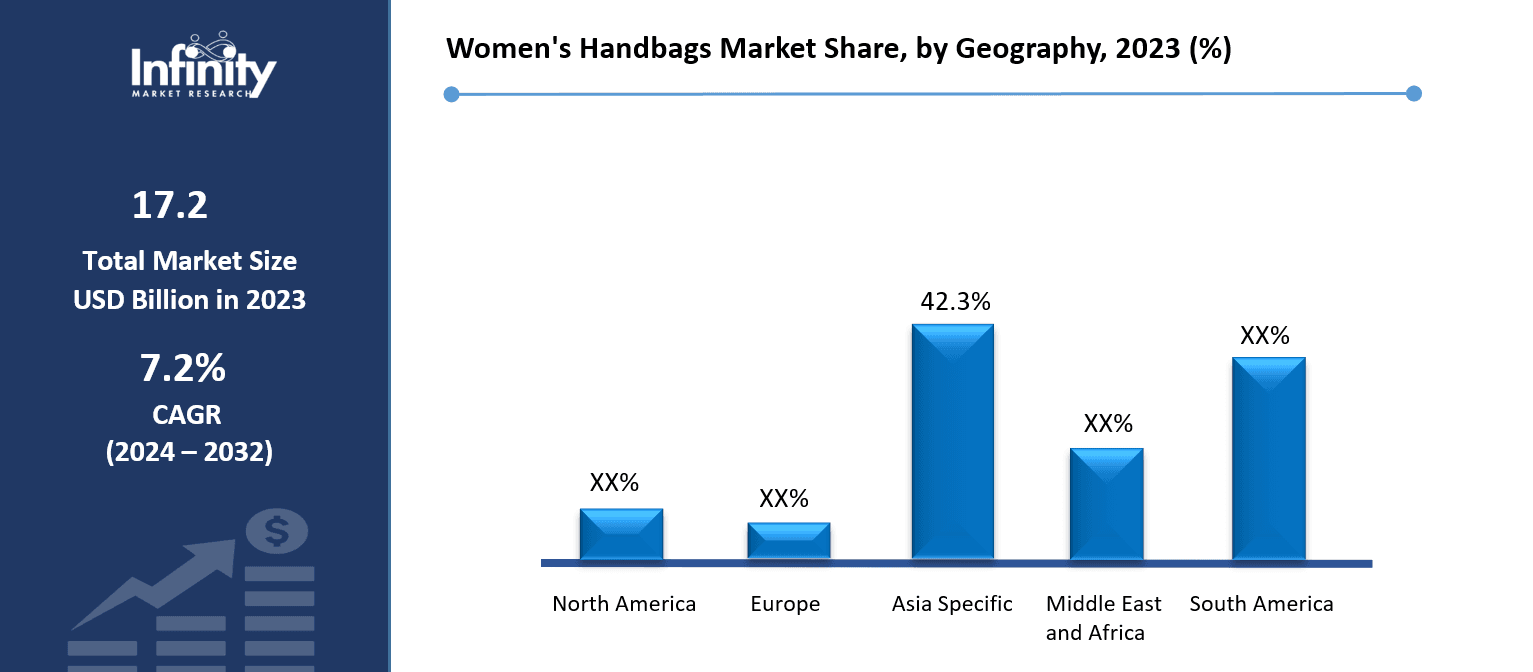
🔐 Secure Payment Guaranteed
Safe checkout with trusted global payment methods.
🌟 Why Choose Infinity Market Research?
At Infinity Market Research, we dont just deliver data — we deliver clarity, confidence, and competitive edge.
In a world driven by insights, we help businesses unlock the infinite potential of informed decisions.
Here why global brands, startups, and decision-makers choose us:
Industry-Centric Expertise
With deep domain knowledge across sectors — from healthcare and technology to manufacturing and consumer goods — our team delivers insights that matter.
Custom Research, Not Cookie-Cutter Reports
Every business is unique, and so are its challenges. Thats why we tailor our research to your specific goals, offering solutions that are actionable, relevant, and reliable.
Data You Can Trust
Our research methodology is rigorous, transparent, and validated at every step. We believe in delivering not just numbers, but numbers that drive real impact.
Client-Centric Approach
Your success is our priority. From first contact to final delivery, our team is responsive, collaborative, and committed to your goals — because you re more than a client; you re a partner.
Recent Reports
Global Myopia Control Lenses Market Report 2025-33
Hyaluronic Acid-based Dermal Fillers Market Report
Women's Handbags Market
Women's Handbags Market Global Industry Analysis and Forecast (2024-2032) By Type (Canvas, Leatherette, Corium), By Application (Age 15-25, Age 25-50, Old Than 50, Other) and Region
Feb 2025
Consumer and Retails
Pages: 138
ID: IMR1817
Women's Handbags Market Synopsis
Women's Handbags Market Size Was Valued at USD 17.2 Billion in 2023, and is Projected to Reach USD 32.1 Billion by 2032, Growing at a CAGR of 7.2% From 2024-2032.
The women's handbags market is a dynamic and evolving segment of the global fashion and accessories industry. It encompasses a wide variety of products, including totes, clutches, satchels, hobo bags, backpacks, and crossbody bags, catering to diverse consumer preferences and styles. The market continues to grow as handbags remain an essential accessory for both functional and fashion-oriented purposes.
One of the key factors driving the growth of the market is the rising disposable income among women, particularly in developing regions. This trend has led to increased spending on luxury fashion items, including premium handbags. Additionally, the growing influence of social media and fashion trends promoted by celebrities and influencers has further fueled demand for stylish and high-quality handbags.
Sustainability is emerging as a critical trend within the market, with consumers increasingly seeking eco-friendly and ethically manufactured products. Many brands are responding by adopting sustainable practices, such as using recycled materials, cruelty-free alternatives, and environmentally responsible manufacturing processes. This shift toward sustainability is redefining the market landscape and appealing to environmentally conscious consumers.
Women's Handbags Market Outlook, 2023 and 2032: Future Outlook

Women's Handbags Market Trend Analysis
Trend: Demand for eco-friendly handbags, personalization, and smart technology integration is expanding.
The women's handbags market is experiencing significant changes driven by evolving consumer preferences and technological advancements. One of the most prominent trends is the growing demand for eco-friendly handbags. Consumers are increasingly favoring products made from sustainable and cruelty-free materials, such as vegan leather, recycled fabrics, and plant-based alternatives. In response, many brands are embracing environmentally responsible production practices and launching eco-conscious product lines to cater to this demand.Another key trend shaping the market is the rise of personalization and smart technology integration in handbags. Customization options, including monogramming and bespoke designs, are gaining popularity as consumers seek unique products that reflect their personal style. Additionally, smart handbags featuring built-in charging ports, GPS tracking, and anti-theft technology are becoming attractive options for tech-savvy shoppers. These advancements are redefining the functionality of handbags and contributing to the market's dynamic evolution.
Drivers: Increasing disposable income, influence of social media, and expanding e-commerce platforms.
One of the primary drivers of the women's handbags market is the increasing disposable income among women, particularly in emerging economies. As financial independence among women continues to rise, so does their spending power on fashion and lifestyle products, including handbags. This shift has fueled demand for both premium luxury and mid-range handbag options, catering to diverse preferences and budgets. Handbags, once seen as purely functional accessories, are now regarded as status symbols and essential elements of personal style, further boosting market growth.The influence of social media has also significantly contributed to the expansion of the women's handbags market. Platforms like Instagram, Pinterest, and TikTok serve as major hubs for fashion trends and influencer marketing, shaping consumer buying behavior. Additionally, the rise of e-commerce has revolutionized the way handbags are purchased. Online platforms offer convenience, a wide variety of options, competitive pricing, and seamless return policies, making it easier for consumers to access global handbag brands. This digital transformation continues to strengthen the market, driving sales across regions and consumer segments.
Restraints: High competition among brands and fluctuating raw material costs.
One of the key restraints in the women's handbags market is the intense competition among both established luxury brands and emerging players. Global fashion houses such as Louis Vuitton, Gucci, and Hermès dominate the premium segment, while contemporary brands like Michael Kors and Kate Spade compete in the mid-range market. Additionally, direct-to-consumer (DTC) brands and fast-fashion retailers are increasingly entering the space, offering affordable and stylish alternatives. This highly competitive environment puts pressure on companies to continuously innovate, differentiate their products, and maintain customer loyalty.Another significant restraint is the fluctuating cost of raw materials, including leather, synthetic fabrics, metal hardware, and eco-friendly alternatives. Price volatility in raw materials often stems from factors such as supply chain disruptions, environmental regulations, and geopolitical tensions. These cost fluctuations can impact the profitability of manufacturers and force brands to adjust pricing strategies. As consumers increasingly seek high-quality yet affordable products, balancing production costs and maintaining competitive pricing remains a challenge for market players.
Opportunities: Emergence of eco-conscious consumers and the rise of direct-to-consumer (DTC) channels.
The growing emergence of eco-conscious consumers presents a significant opportunity for brands in the women’s handbags market. As environmental awareness continues to rise, consumers are increasingly seeking sustainable and ethically manufactured products. This has driven many brands to innovate by using eco-friendly materials such as recycled leather, plant-based alternatives, and biodegradable fabrics. Companies that prioritize transparency in sourcing and production practices are gaining customer trust and loyalty, fostering long-term brand value in this evolving landscape. The rise of direct-to-consumer (DTC) channels is another lucrative opportunity reshaping the market. By bypassing traditional retail intermediaries, brands can establish stronger connections with consumers, gather valuable customer insights, and offer personalized shopping experiences. DTC strategies also enable companies to maintain better control over pricing and brand image while enhancing profitability. As online sales continue to surge, many handbag brands are leveraging e-commerce platforms and social media marketing to tap into new markets and expand their customer base globally.
Women's Handbags Market Segment Analysis
Women's Handbags Market Segmented on the basis of By Type and By Application.
By Type
o Canvas
o Leatherette
o Corium
By Application
o Age 15-25
o Age 25-50
o Old Than 50
o Other
By Region
o North America (U.S., Canada, Mexico)
o Eastern Europe (Bulgaria, The Czech Republic, Hungary, Poland, Romania, Rest of Eastern Europe)
o Western Europe (Germany, UK, France, Netherlands, Italy, Russia, Spain, Rest of Western Europe)
o Asia Pacific (China, India, Japan, South Korea, Malaysia, Thailand, Vietnam, The Philippines, Australia, New-Zealand, Rest of APAC)
o Middle East & Africa (Turkey, Bahrain, Kuwait, Saudi Arabia, Qatar, UAE, Israel, South Africa)
o South America (Brazil, Argentina, Rest of SA)
By Type, Canvas segment is expected to dominate the market during the forecast period
The women's handbags market can be segmented into canvas, leatherette, and corium types, each offering unique attributes and catering to varying consumer preferences. Canvas handbags are lightweight, durable, and often favored for casual or everyday use. They appeal to eco-conscious consumers due to the use of natural fibers and sustainable manufacturing options. With the rise of minimalistic fashion trends, canvas bags continue to maintain a steady demand.
Leatherette and corium handbags target consumers seeking a blend of sophistication and affordability. Leatherette, a synthetic material designed to resemble real leather, offers a cost-effective and cruelty-free alternative for fashion-conscious buyers. Corium, known for its durability and smooth texture, often serves as a premium material for luxury handbags. As consumers increasingly prioritize sustainability, manufacturers are innovating with eco-friendly variations of these materials, driving competition and growth in the market.
By Application, Age 15-25 segment expected to held the largest share
The women's handbags market, segmented by age groups, highlights distinct purchasing patterns and preferences. Consumers aged 15-25 typically prioritize trendy and affordable handbags that align with current fashion trends. They gravitate toward casual crossbody bags, mini backpacks, and stylish totes that complement youthful and dynamic lifestyles. This segment is heavily influenced by social media and fashion influencers, making it a key target for marketing campaigns by both emerging and established handbag brands.
The 25-50 age group represents the largest and most lucrative market segment, with a preference for sophisticated and functional handbags that balance style and practicality. Women in this category often seek versatile handbags suitable for work, travel, and daily use, such as structured satchels and luxury designer bags. Meanwhile, consumers over 50 tend to favor classic, durable handbags with timeless designs. The "Other" category encompasses niche consumer groups, including those seeking gender-neutral, customized, or tech-integrated handbags, reflecting the evolving diversity of consumer demands.
Women's Handbags Market Regional Insights
Asia Pacific is Expected to Dominate the Market Over the Forecast period
The Asia Pacific region is anticipated to hold a dominant position in the women's handbags market during the forecast period. This growth can be attributed to factors such as rising disposable income, rapid urbanization, and an increasing number of working women across countries like China, India, and Japan. The growing influence of global fashion trends, coupled with a heightened focus on personal style and brand consciousness, is driving the demand for premium and luxury handbags in the region. Moreover, the expansion of e-commerce platforms has made international brands more accessible to consumers in Asia Pacific. The rise of social media and influencer culture has further fueled purchasing decisions, with young consumers showing a strong preference for stylish and functional handbags. Additionally, local manufacturers are adopting sustainable practices to meet the increasing demand for eco-friendly handbags, creating new growth opportunities in the market.
Women's Handbags Market Share, by Geography, 2023 (%)

Active Key Players in the Women's Handbags Market
o Dior (France)
o LVMH (France)
o Coach (United States)
o Kering (France)
o Prada (Italy)
o Michael Kors (United States)
o Hermes (France)
o Chanel (France)
o Richemont Group (Switzerland)
o Kate Spade (United States)
o Burberry (United Kingdom)
o Tory Burch (United States)
o Phillip Lim (United States)
o Givenchy (France)
o Proenza (United States)
o Other
Global Women's Handbags Market Scope
|
Global Women's Handbags Market | |||
|
Base Year: |
2023 |
Forecast Period: |
2024-2032 |
|
Historical Data: |
2017 to 2023 |
Market Size in 2023: |
USD 17.2 Billion |
|
Forecast Period 2024-32 CAGR: |
7.2% |
Market Size in 2032: |
USD 32.1 Billion |
|
Segments Covered: |
By Type |
· Canvas · Leatherette · Corium | |
|
By Application |
· Age 15-25 · Age 25-50 · Old Than 50 · Other | ||
|
By Region |
· North America (U.S., Canada, Mexico) · Eastern Europe (Bulgaria, The Czech Republic, Hungary, Poland, Romania, Rest of Eastern Europe) · Western Europe (Germany, UK, France, Netherlands, Italy, Russia, Spain, Rest of Western Europe) · Asia Pacific (China, India, Japan, South Korea, Malaysia, Thailand, Vietnam, The Philippines, Australia, New-Zealand, Rest of APAC) · Middle East & Africa (Turkey, Bahrain, Kuwait, Saudi Arabia, Qatar, UAE, Israel, South Africa) · South America (Brazil, Argentina, Rest of SA) | ||
|
Key Market Drivers: |
· Increasing disposable income, influence of social media, and expanding e-commerce platforms. | ||
|
Key Market Restraints: |
· High competition among brands and fluctuating raw material costs. | ||
|
Key Opportunities: |
· Emergence of eco-conscious consumers and the rise of direct-to-consumer (DTC) channels. | ||
|
Companies Covered in the report: |
· Dior (France), LVMH (France), Coach (United States), Kering (France), Prada (Italy), Michael Kors (United States), Hermes (France), Chanel (France), Richemont Group (Switzerland), Kate Spade (United States), Burberry (United Kingdom), Tory Burch (United States), Phillip Lim (United States), Givenchy (France), Proenza (United States), Other. | ||
📘 Frequently Asked Questions
1. What would be the forecast period in the Women's Handbags Market research report?
Answer: The forecast period in the Women's Handbags Market research report is 2024-2032.
2. Who are the key players in the Women's Handbags Market?
Answer: Dior (France), LVMH (France), Coach (United States), Kering (France), Prada (Italy), Michael Kors (United States), Hermes (France), Chanel (France), Richemont Group (Switzerland), Kate Spade (United States), Burberry (United Kingdom), Tory Burch (United States), Phillip Lim (United States), Givenchy (France), Proenza (United States), Other.
3. What are the segments of the Women's Handbags Market?
Answer: The Women's Handbags Market is segmented into By Type, By Application and region. By Type (Canvas, Leatherette, Corium), By Application (Age 15-25, Age 25-50, Old Than 50, Other). By region, it is analyzed across North America (U.S.; Canada; Mexico), Eastern Europe (Bulgaria; The Czech Republic; Hungary; Poland; Romania; Rest of Eastern Europe), Western Europe (Germany; UK; France; Netherlands; Italy; Russia; Spain; Rest of Western Europe), Asia-Pacific (China; India; Japan; Southeast Asia, etc.), South America (Brazil; Argentina, etc.), Middle East & Africa (Saudi Arabia; South Africa, etc.).
4. What is the Women's Handbags Market?
Answer: Women's handbags are versatile accessories designed primarily for carrying personal belongings such as wallets, cosmetics, phones, and other essentials. They come in various styles, shapes, and sizes, including totes, clutches, crossbody bags, and backpacks, to suit different occasions and fashion preferences. Beyond their functional purpose, handbags often serve as fashion statements and status symbols, reflecting a person's taste, style, and social identity. They are crafted from diverse materials, such as leather, synthetic fabrics, and eco-friendly alternatives, catering to a wide range of consumer preferences.
5. How big is the Women's Handbags Market?
Answer: Women's Handbags Market Size Was Valued at USD 17.2 Billion in 2023, and is Projected to Reach USD 32.1 Billion by 2032, Growing at a CAGR of 7.2% From 2024-2032.


🔐 Secure Payment Guaranteed
Safe checkout with trusted global payment methods.
🌟 Why Choose Infinity Market Research?
- Accurate & Verified Data:Our insights are trusted by global brands and Fortune 500 companies.
- Complete Transparency:No hidden fees, locked content, or misleading claims — ever.
- 24/7 Analyst Support:Our expert team is always available to help you make smarter decisions.
- Instant Savings:Enjoy a flat $1000 OFF on every report.
- Fast & Reliable Delivery:Get your report delivered within 5 working days, guaranteed.
- Tailored Insights:Customized research that fits your industry and specific goals.




